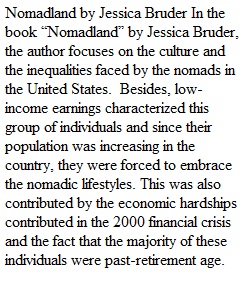


Q First, read chapters 6,7,8, 9 in Healey. The following are general areas from which the exam will come from. Not all questions are reflected in the following. You may have more than one question on the following exam tips: Chapter 6: African Americans 1. Brown Vs. Board of Education of Topeka. 2. Jim Crow System, how it started and how it came to an end. 3. Civil Rights Movement - Early beginings 4. Famous leaders of the Movement. 5. Non-Violent Direct Action. 6. Goals of the Movement. 7. Successes of the Movement. 8. Blakc Power Movement-early beginnings 9, Know the leaders of the Movement. Chapter 7: Native Americans 10. American Indian conditions in the 20th Century. 11. Differences between Native American culture(s) and Western culture. 12. Role of women in Native American tribes. 13. Native American Reservation system. BIA and begining of the system and conditions. Chapter 8: Hispanic Americans 14. Hispanic Americans - what groups make up Hispanic America. 15. What attributed to the increase in the Latino population? 16. Mexican Americans compared to other minority groups in the 20th Century. 17. Federal policy toward Mexican immigration. Chapter 9: Asian Americans: 18. Chinese ethnic enclave-origins and outcomes. 19. Which groups opposed Chinese immigration in America? 20. Japanese American occupational profile by 1960. 21. Study in general the Japanese internment camps in WW II. 22. Conditions for Japanese Americans after WW II. These are some tips about some areas from which the final exam will come. To do well, you need to be sure that you have read all four chapters closely.
View Related Questions